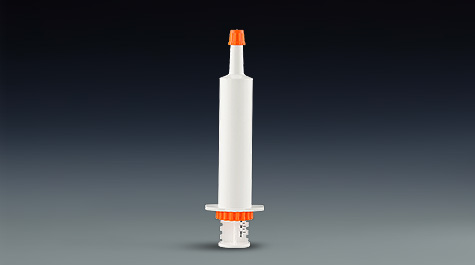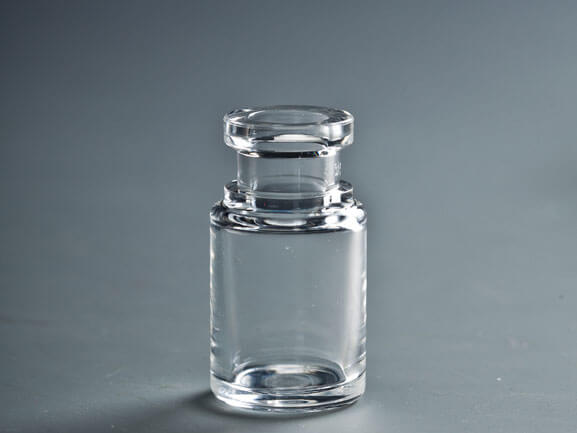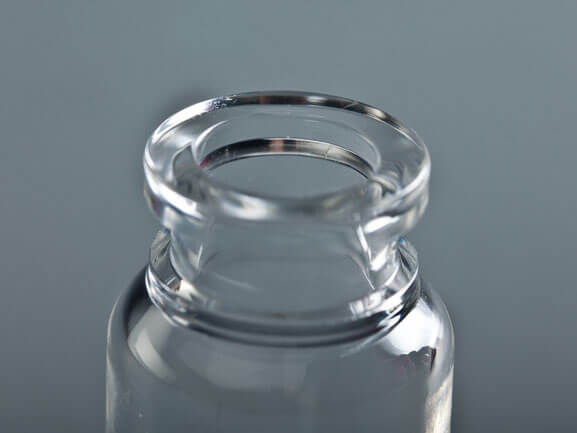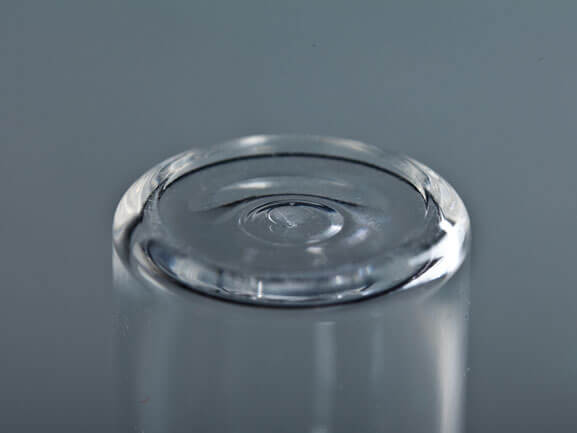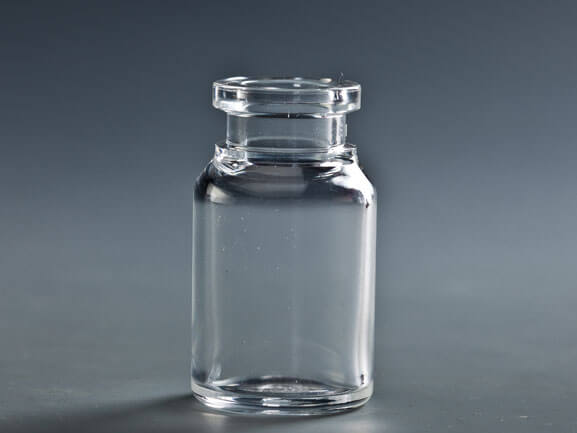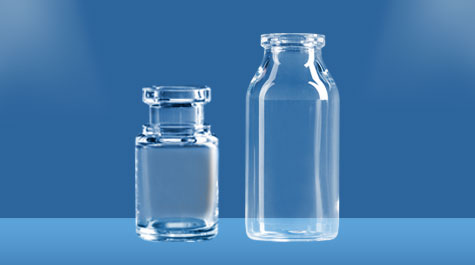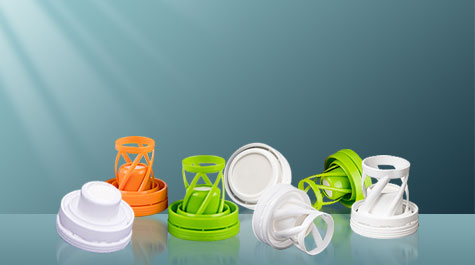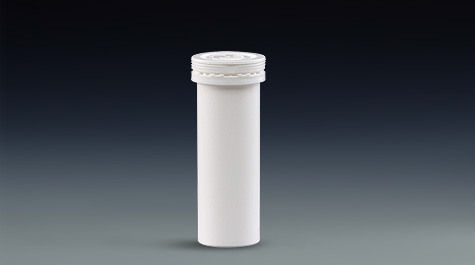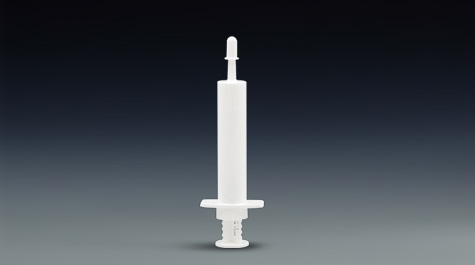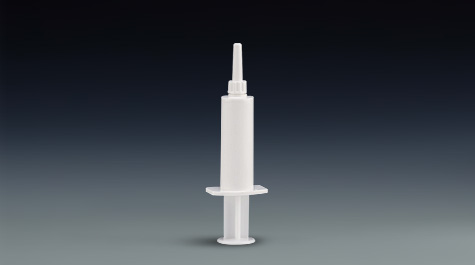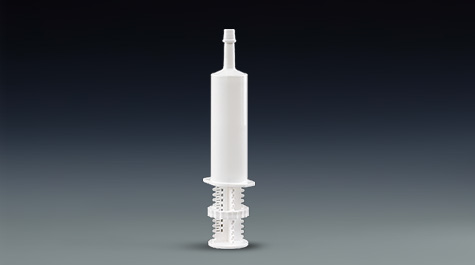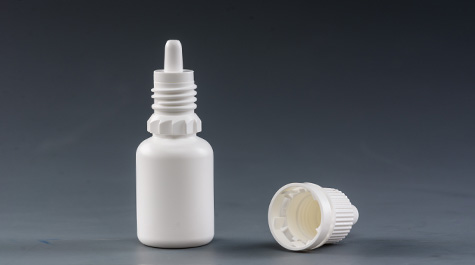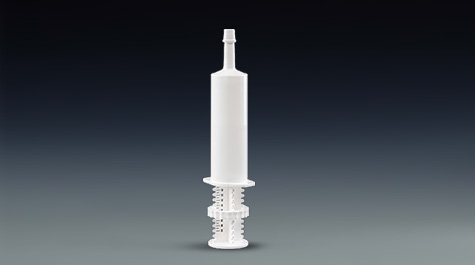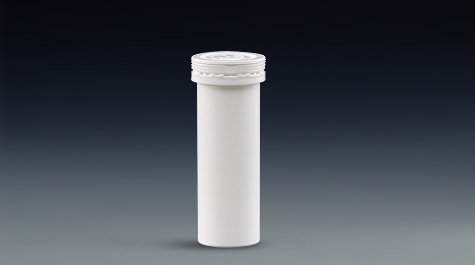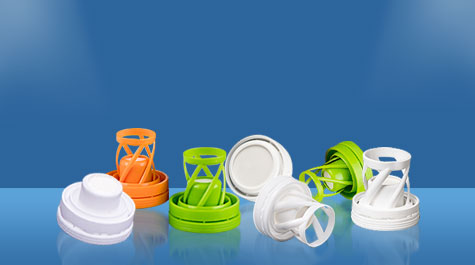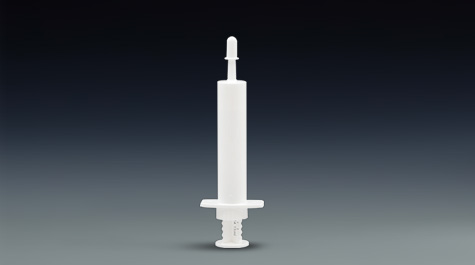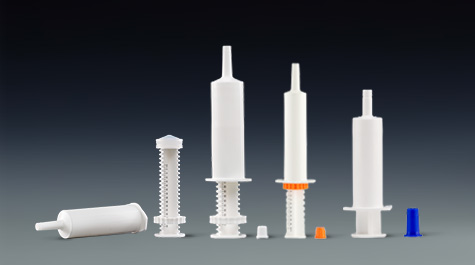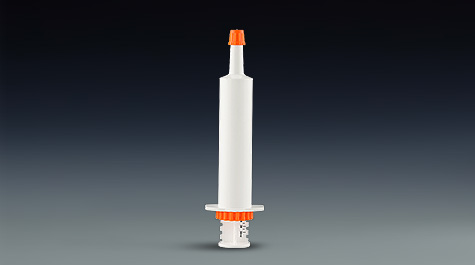Veterinary syringes are commonly used as packaging for veterinary drugs, and their sterility is very important to the safety of drugs. The sterilization method is generally based on ethylene oxide sterilization, and the sterilization process is as follows:
1. The ethylene oxide sterilization procedure needs to include preheating, pre-wetting, vacuuming, injecting vaporized ethylene oxide to reach a predetermined concentration, maintaining the sterilization time, removing the ethylene oxide gas in the sterilization cabinet, and analyzing Remove ethylene oxide residues in sterilized items.
2. 100% pure ethylene oxide or mixed gas of ethylene oxide and carbon dioxide can be used for ethylene oxide sterilization. The use of Freon is prohibited.
3. The analysis can be continued in an ethylene oxide sterilizer, or it can be placed in a special fume hood, and natural ventilation should not be used. The repeatedly input air should be filtered with high efficiency, which can filter out more than 99.6% of particles ≥0.3um.
4. Ethylene oxide residues mainly refer to the ethylene oxide remaining in articles and packaging materials after ethylene oxide sterilization and its two by-products, ethanol ethane and ethylene glycol ethane; exposure to excessive ethylene oxide Alkane residues can cause animal burns and irritation. The amount of ethylene oxide residue is related to the material of the veterinary syringe, sterilization parameters, packaging materials and packaging size, loading capacity, analysis parameters, etc. When the polyvinyl chloride catheter is at 60℃, it is analyzed for 8h; when it is 50℃, it is analyzed for 12h. Some materials can shorten the resolution time, such as metal and glass can be used immediately, and some materials need to extend the resolution time, such as a built-in pacemaker.
The above is the veterinary syringe ethylene oxide sterilization process. Ethylene oxide is harmful to the human body. When sterilizing in this way, the relevant technical operating procedures must be strictly followed, and all links must be strictly controlled to ensure the safety of personnel and the environment.
